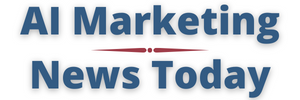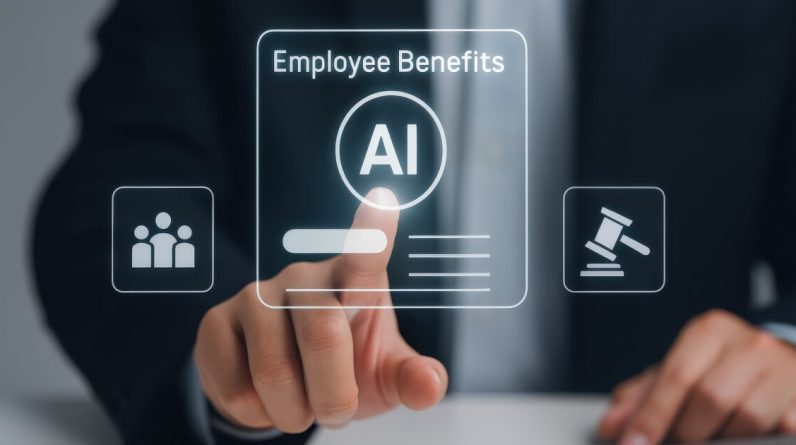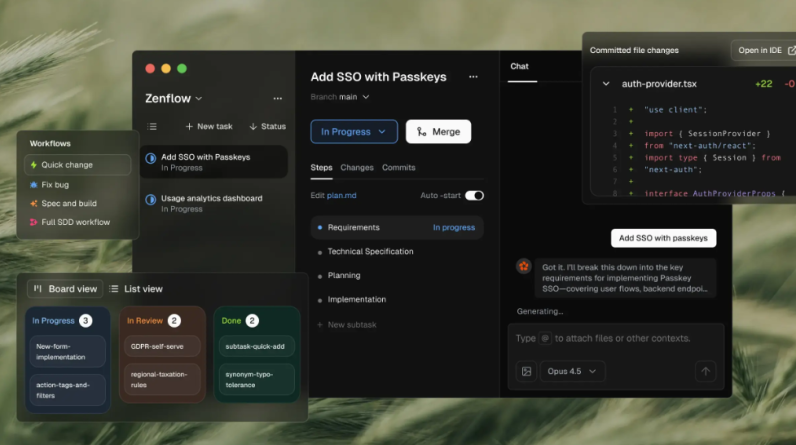
As automation and AI continue to redefine business operations, one of the most quietly transformative areas is payroll and attendance management. Once considered routine and administrative, these functions are now becoming strategic data hubs powered by AI, analytics, and biometric intelligence.Manual attendance logs and spreadsheet-driven payrolls are rapidly being replaced by systems that record attendance through facial recognition, RFID, or geolocation, and automatically calculate salaries, deductions, and compliance outputs. A 2025 EY report notes that over 60 percent of Indian employers are integrating AI into compensation analysis, benchmarking, and payroll forecasting — a sign that the back office is moving to the boardroom.From Automation to IntelligenceNext-generation systems are blending automation with cognitive analytics. AI-driven anomaly detection flags missing hours, duplicate entries, or pay irregularities, reducing payroll errors by up to 70 percent, according to a recent study by LiftHCM. At the same time, machine-learning models are being used to predict overtime costs, optimize shift scheduling, and pre-empt compliance breaches.Across both, payroll automation has evolved from being a back-office support function to becoming core business infrastructure.Among the SMB-focused leaders is Bengaluru-based Pagarbook, founded in 2019. The mobile-first attendance and payroll app serves over 23,000 organisations and 10 lakh employees. Designed for field-heavy businesses, it offers an easy-to-use setup suitable for micro and small enterprises managing on-ground workforces. Its premium plans start at ₹21,000 per year for 15 employees, going up to ₹1.4 lakh for 100. However, the absence of biometric hardware integration and limited compliance depth are noted limitations.Hyderabad-based Keka, launched in 2014, has become a well-known HRMS name across mid-market organisations. With more than 10,000 companies and 15 lakh employees on its platform, it’s used by the likes of Apollo Hospitals and OnePlus. Keka’s strength lies in its clean interface and responsive customer care, though professionals managing highly complex HR structures have pointed to limited customization options.A recent entrant to watch is Petpooja Payroll, which built on its strong restaurant-technology network to enter the HR domain in 2023. Headquartered in Ahmedabad, it already handles payroll for 30,000 organisations and over 8 lakh users. Priced affordably at ₹7,000 per year for up to 100 employees, Petpooja’s differentiator lies in its integration of both software and hardware time-attendance systems, making it ideal for retail and hospitality operations.Across the established spectrum, GreytHR remains a trusted name since 1994. Known for its reliable payroll automation, it supports over 30 lakh employees across 30,000 organisations in India and the GCC. While it boasts one of the most stable payroll engines, users cite its dated interface and uneven customer support experiences.At the enterprise level, global platform Workday continues to dominate Fortune 500 multinationals for its advanced analytics, data security, and integration capabilities. However, its complex onboarding and high pricing — between ₹2 crore and ₹3 crore annually for around 1,000 employees — limit its adoption to large, structured corporates.Closer home, Hyderabad-based Darwinbox has emerged as Asia’s fast-growing HCM platform, serving giants such as Adani, Kotak, and Swiggy. With over 40 lakh users across 1,000 enterprises, Darwinbox is valued for its modern interface and AI-supported HR modules, though some users report lag issues under heavy load.As payroll tools become smarter and more affordable, experts believe automation is no longer a luxury — it’s a necessity.The Next FrontierAs organisations adopt AI-driven workforce systems, payroll data is emerging as a strategic intelligence layer — offering insights into workforce productivity, engagement, and cost optimization. CIOs are increasingly treating attendance and payroll automation as part of their broader digital transformation strategy, alongside ERP, cybersecurity, and analytics.In 2025 and beyond, workforce management will no longer be about processing salaries — it will be about turning data into decisions. The new generation of HR platforms isn’t just cutting down administrative work; it’s shaping how businesses understand their people, performance, and potential.
Originally Appeared Here






